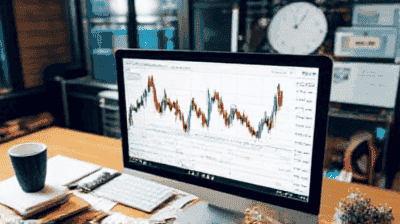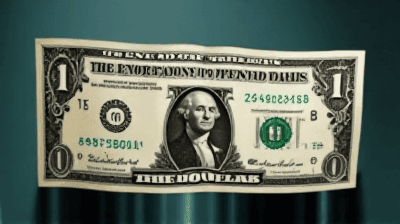
The foreign exchange market is a dynamic and vast platform where currencies are traded around the clock. Among the many currencies exchanged in this market, the U.S. dollar (USD) stands out as a dominant force. Often referred to as the world's reserve currency, the U.S. dollar plays a pivotal role in global trade and finance.
Historical Context of the U.S. Dollar
The Bretton Woods Agreement
To understand why the U.S. dollar is a forex market powerhouse, we must look back at its historical roots. The Bretton Woods Agreement, established in 1944, was a landmark moment in international monetary policy. This agreement set up a system of fixed currency exchange rates tied to the U.S. dollar, which itself was convertible to gold. As a result, countries needed to hold U.S. dollars as part of their reserves, establishing the dollar's role as the world's primary reserve currency.
Transition to a Fiat Currency
In 1971, President Richard Nixon announced the suspension of dollar convertibility to gold, effectively ending the Bretton Woods system. This transition to a fiat currency allowed the U.S. dollar to remain dominant while providing greater flexibility for U.S. monetary policy. Although the gold standard was abandoned, the historical legacy of the dollar as a stable and reliable currency persisted.
Economic Factors Supporting the U.S. Dollar
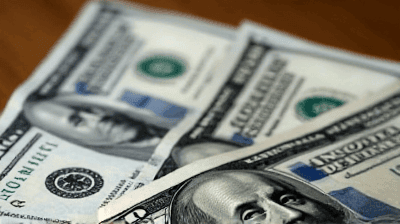
1. The Size of the U.S. Economy
The U.S. has one of the largest economies in the world, contributing a significant share of global GDP. The size and strength of the U.S. economy instill confidence in the dollar, making it the go-to currency for international transactions. Additionally, the U.S. economy is characterized by diverse sectors, including technology, finance, and agriculture, which contribute to its resilience.
2. Political Stability
U.S. political stability plays a crucial role in maintaining trust in the dollar. The United States has a long history of stable governance, and its political institutions are viewed as robust and reliable. This stability reduces uncertainty, attracting foreign investors and countries looking to hold dollar-denominated assets.
3. Interest Rates and Monetary Policy
The U.S. Federal Reserve, the central banking system of the United States, has a significant influence on global interest rates and monetary policy. By adjusting interest rates, the Federal Reserve can impact capital flows and the attractiveness of holding U.S. dollars. During periods of higher interest rates, the dollar often appreciates as foreign investors seek higher returns on dollar-denominated assets.
4. Trade Dynamics
The U.S. dollar is widely used in international trade, with many commodities priced in dollars, including oil, gold, and other crucial resources. This dominant position in global trade means that countries need to hold U.S. dollars to engage in transactions, further solidifying its role as the dominant currency in forex markets.
The U.S. Dollar in the Forex Market
1. Reserve Currency
One of the most significant factors contributing to the U.S. dollar's status as a forex powerhouse is its role as the world's primary reserve currency. Central banks across the globe hold large quantities of U.S. dollars as part of their foreign exchange reserves. According to the International Monetary Fund (IMF), the dollar accounts for approximately 60 percent of global reserves.
2. Liquidity and Volume
The U.S. dollar is the most traded currency in the forex market, accounting for over 88 percent of all trades. The sheer volume and liquidity associated with dollar-denominated transactions make it easier for traders and investors to enter and exit positions. This high level of liquidity helps stabilize the dollar and ensures minimal price fluctuations.
3. Safe-Haven Status
In times of economic uncertainty or geopolitical turmoil, the U.S. dollar is often viewed as a safe-haven asset. Investors tend to flock to the dollar during crises, resulting in increased demand and appreciation of the currency. This behavior reinforces the dollar's position as a powerhouse in the forex market.
4. Forex Market Structure
The structure of the forex market itself favors the U.S. dollar. Many currency pairs are quoted against the dollar, such as EUR/USD, GBP/USD, and USD/JPY. This positioning means that most trading activity involves the dollar, further cementing its status as a powerhouse currency.
Factors Challenging the U.S. Dollar
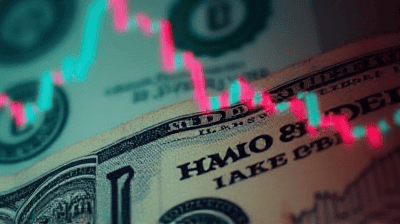
Despite its dominance, the U.S. dollar faces challenges in the contemporary financial landscape. Understanding these challenges provides a more nuanced perspective on its future.
1. The Rise of Alternative Currencies
In recent years, alternative currencies, particularly the euro and the Chinese yuan, have gained traction as potential rivals to the U.S. dollar. The eurozone presents an alternative economic power, and the European Central Bank has made strides in promoting the euro as a reserve currency. Similarly, China's efforts to internationalize the yuan could pose a challenge to the dollar's dominance.
2. Technological Innovations in Finance
Emerging technologies, such as cryptocurrencies and blockchain, are transforming the financial landscape. While still in the early stages, the rise of digital currencies could provide an alternative to traditional fiat currencies. Central banks around the world are also exploring Central Bank Digital Currencies (CBDCs), which could further challenge the dollar's supremacy in the future.
3. U.S. Fiscal and Trade Deficits
The U.S. has been running significant fiscal and trade deficits, leading to concerns about the sustainability of the dollar's position. A prolonged period of trade deficits could eventually weaken the dollar's value and erode confidence among foreign investors.
4. Geopolitical Tensions
Geopolitical tensions can influence currency values. Sanctions, trade wars, and political disputes impact the dollar's strength in the forex market. Countries may seek to diversify their reserves away from the dollar as a strategy to reduce dependency during times of conflict.
The Future of the U.S. Dollar
While the U.S. dollar remains a powerhouse in the forex market, it is essential to consider the potential changes on the horizon:
1. Adaptation to Global Changes
To maintain its dominance, the U.S. dollar must adapt to global economic changes. This may require responsive monetary policy and effective communication from the Federal Reserve to reassure investors and maintain confidence.
2. Increased Competition
The emergence of regional currencies and alternative financial systems could pose a challenge. The U.S. may need to work more closely with international partners to strengthen the dollar's position against rising competition.
3. Impact of Technology
Technological advancements will continue to shape the financial landscape. The U.S. will need to embrace innovation to ensure the dollar remains relevant in a rapidly evolving environment.
4. Sustainability of Debt Levels
The willingness of foreign investors to hold U.S. debt will be vital for the dollar's future. Sustainable management of fiscal policy is necessary to maintain investor confidence and ensure the dollar's attractiveness as a reserve currency.
Conclusion
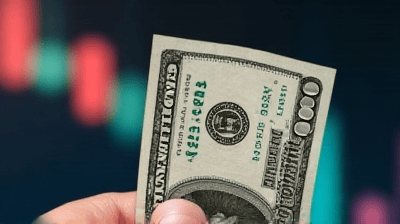
The U.S. dollar's position as a powerhouse in the forex market is grounded in its historical significance, economic strength, and strategic role in global trade. Despite facing challenges from alternative currencies and evolving technologies, the dollar has proven resilient over the years.
As we look to the future, the dollar will need to navigate a complex global landscape characterized by change and competition. By maintaining political stability, fostering innovation, and addressing fiscal challenges, the U.S. dollar can continue to thrive as a dominant currency in the forex market for years to come.
Related
-
Financial News

-
Cryptocurrency

-

-
Forex Market
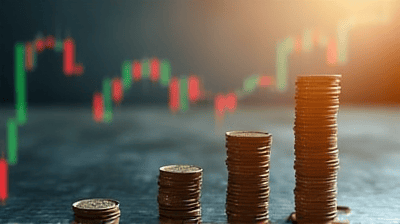
-
Economic Indicators
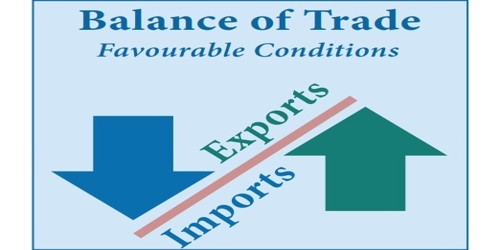
-
Forex Market
